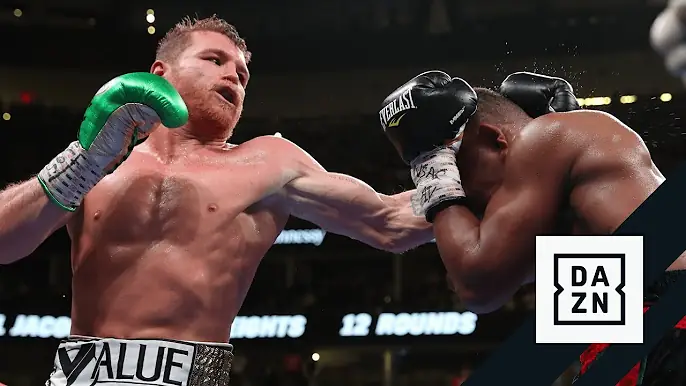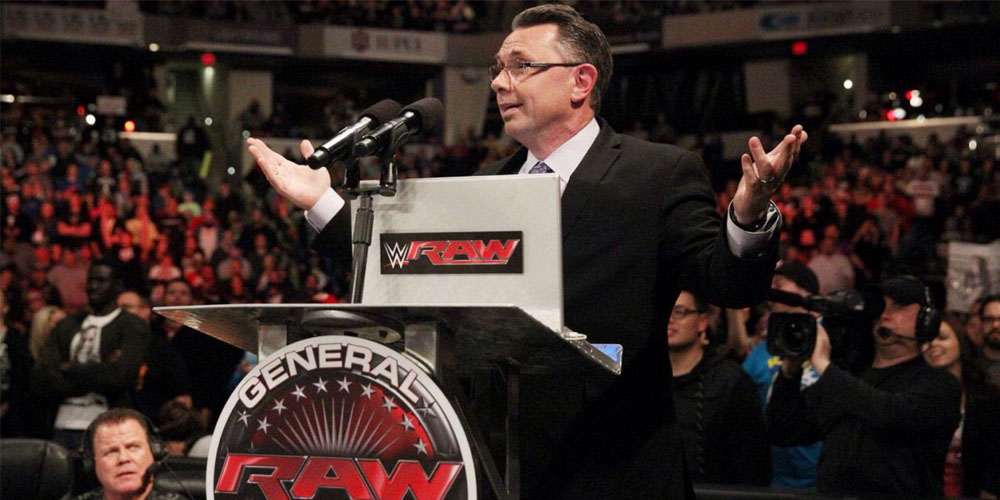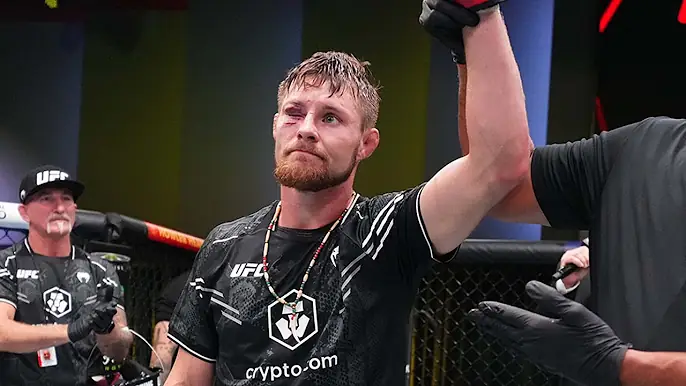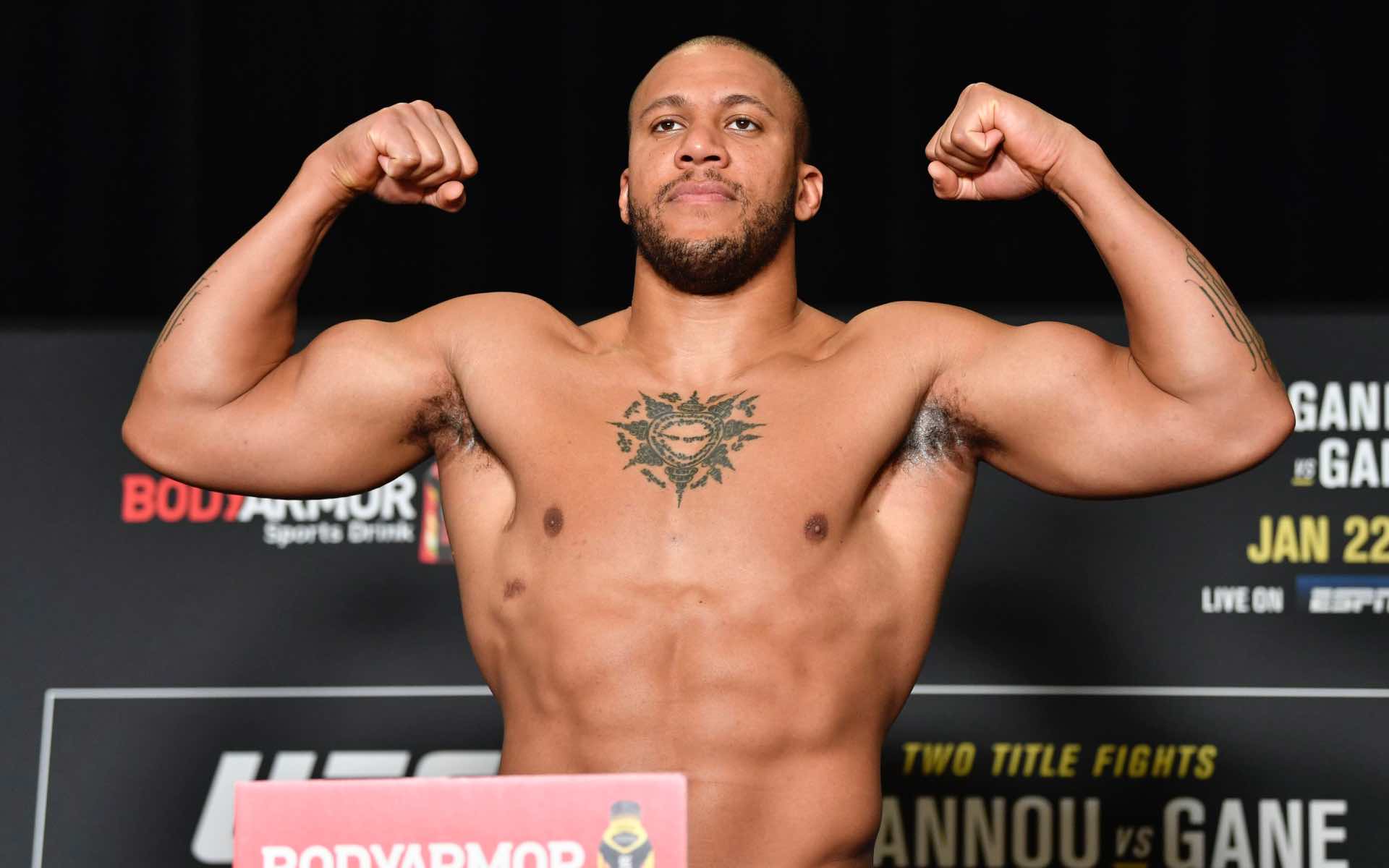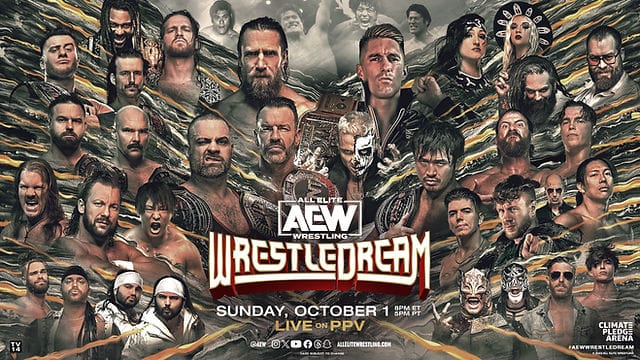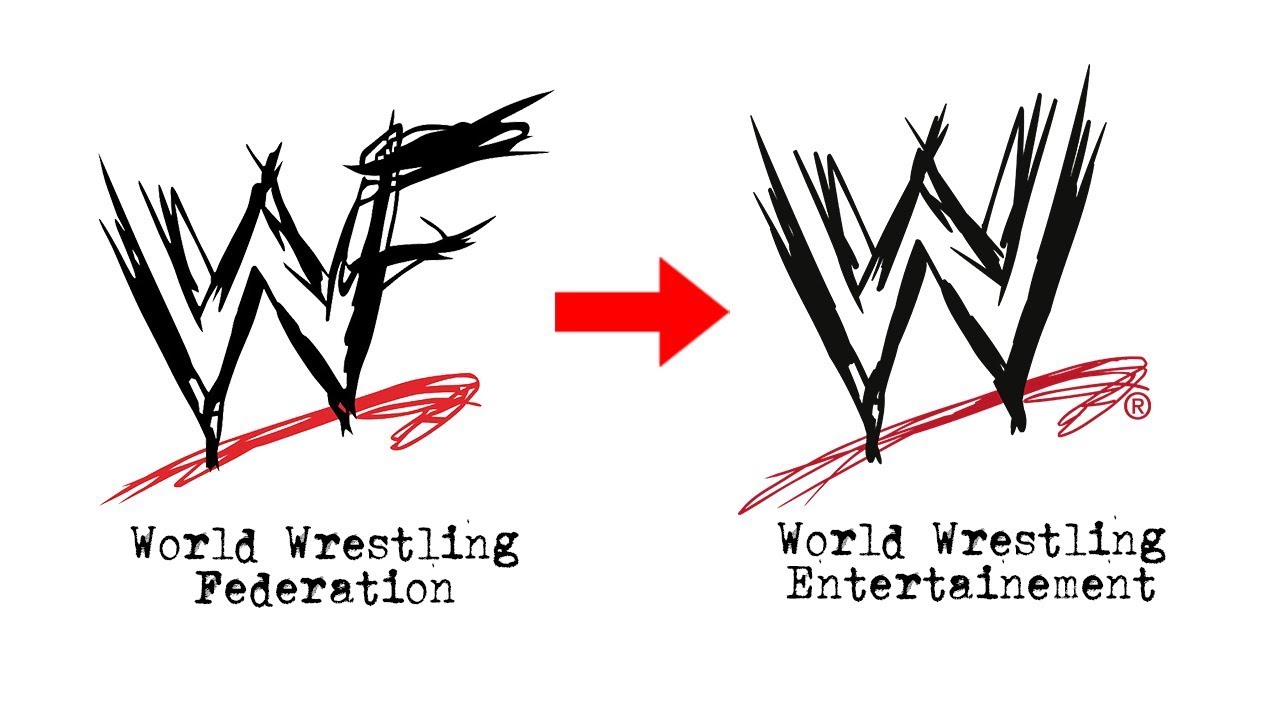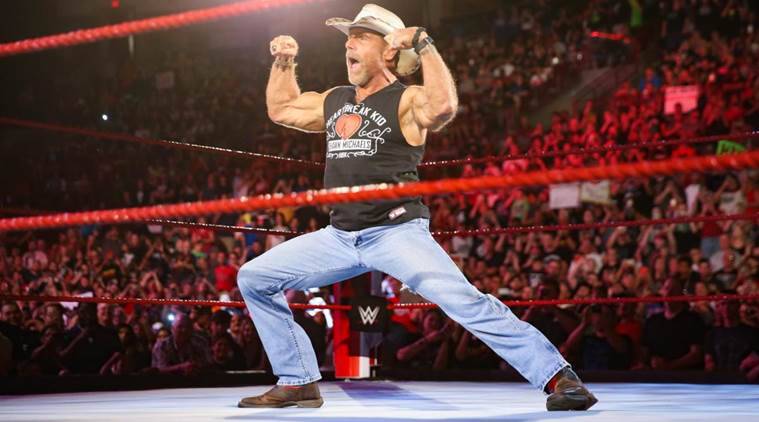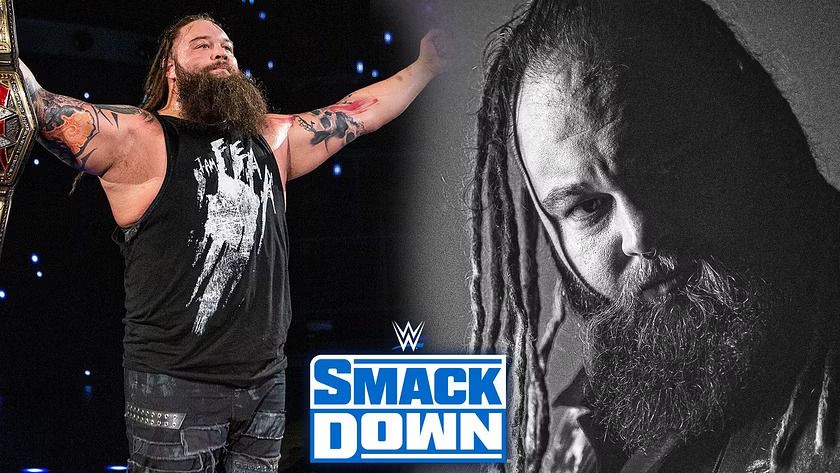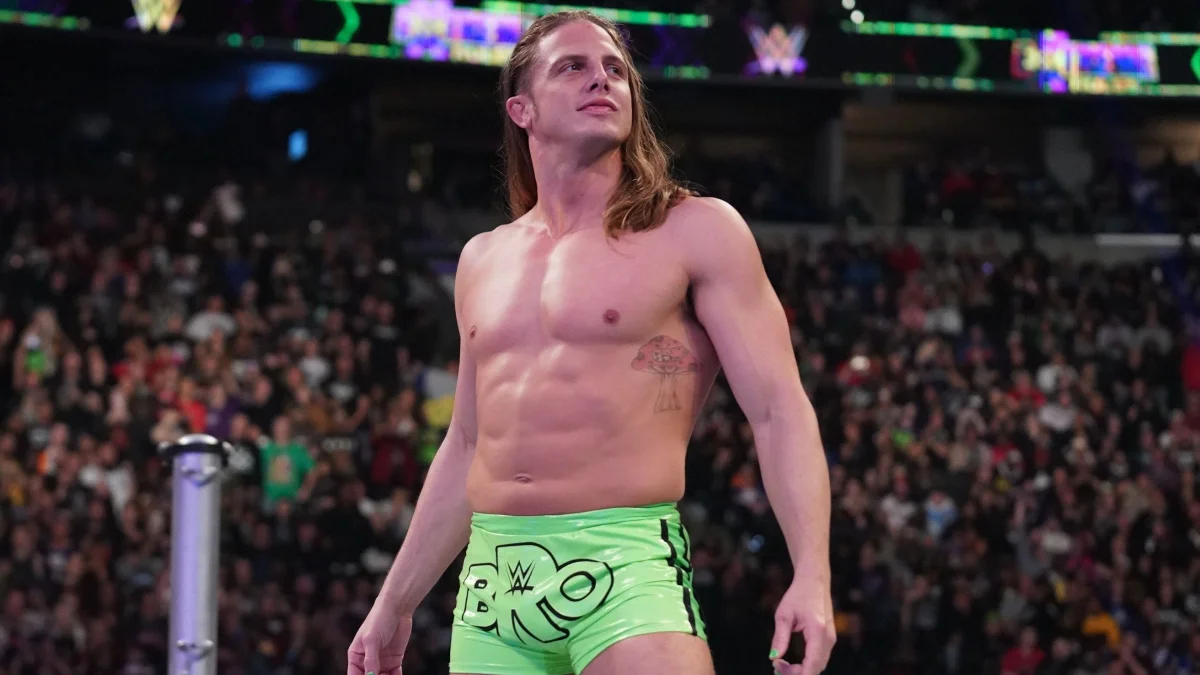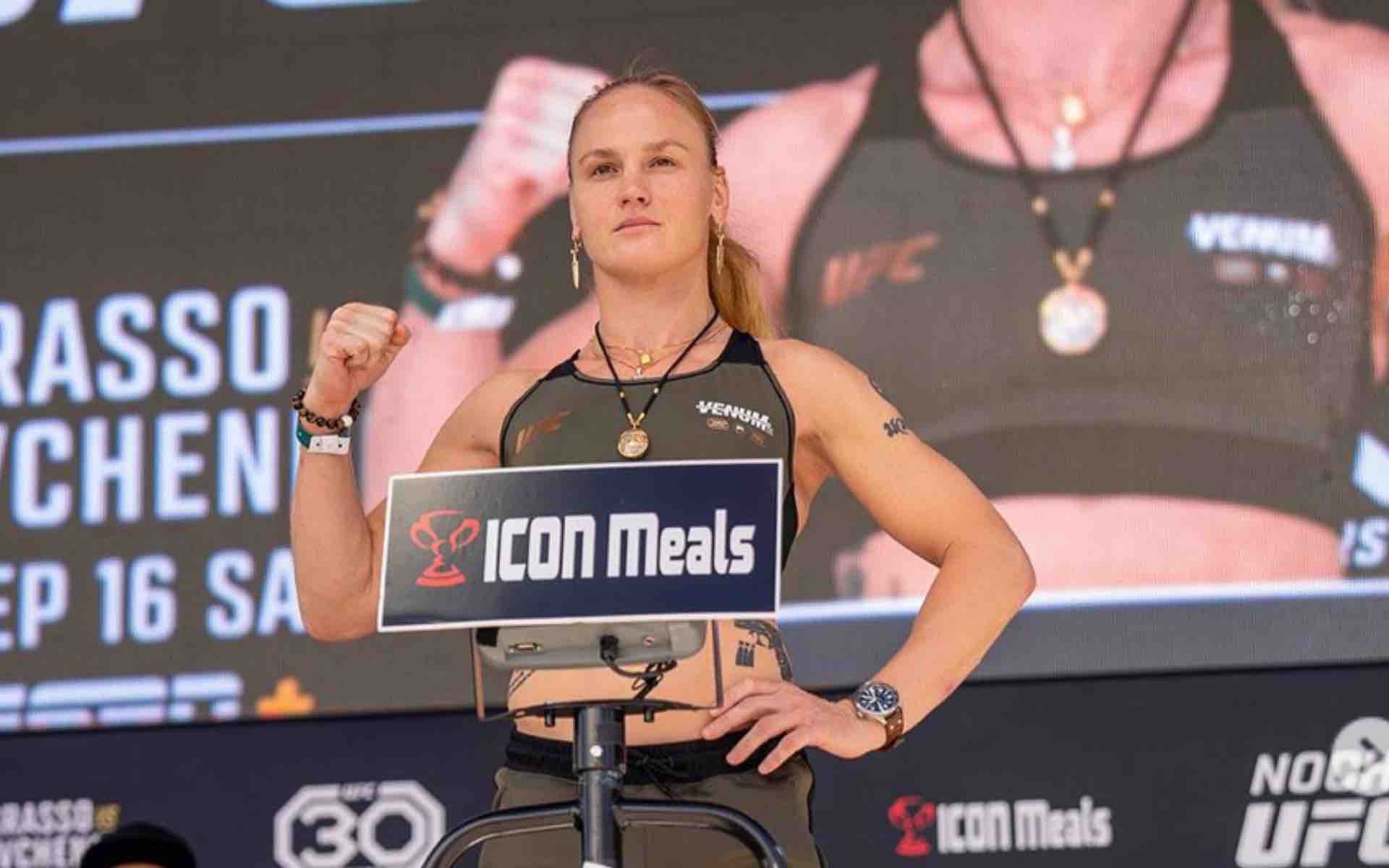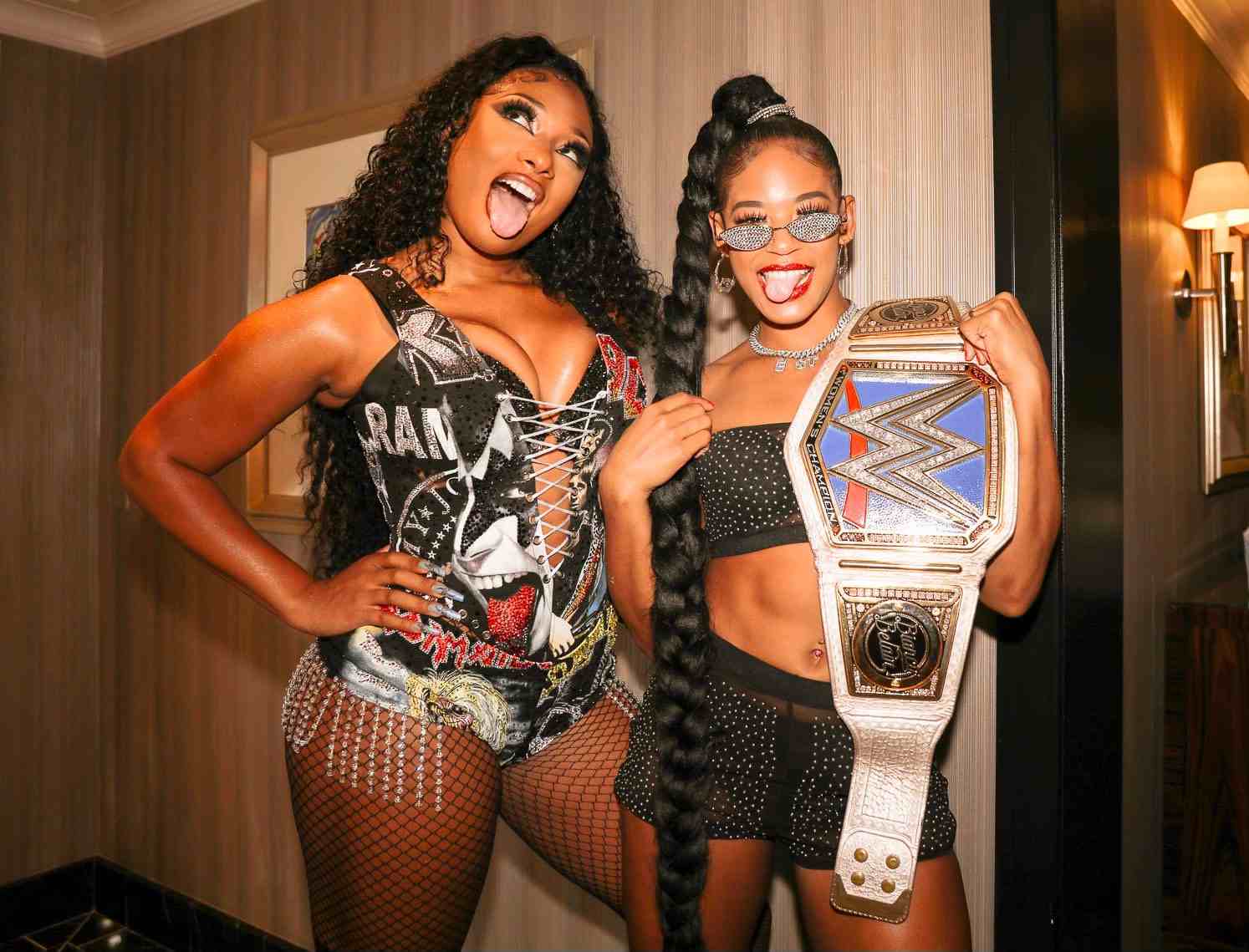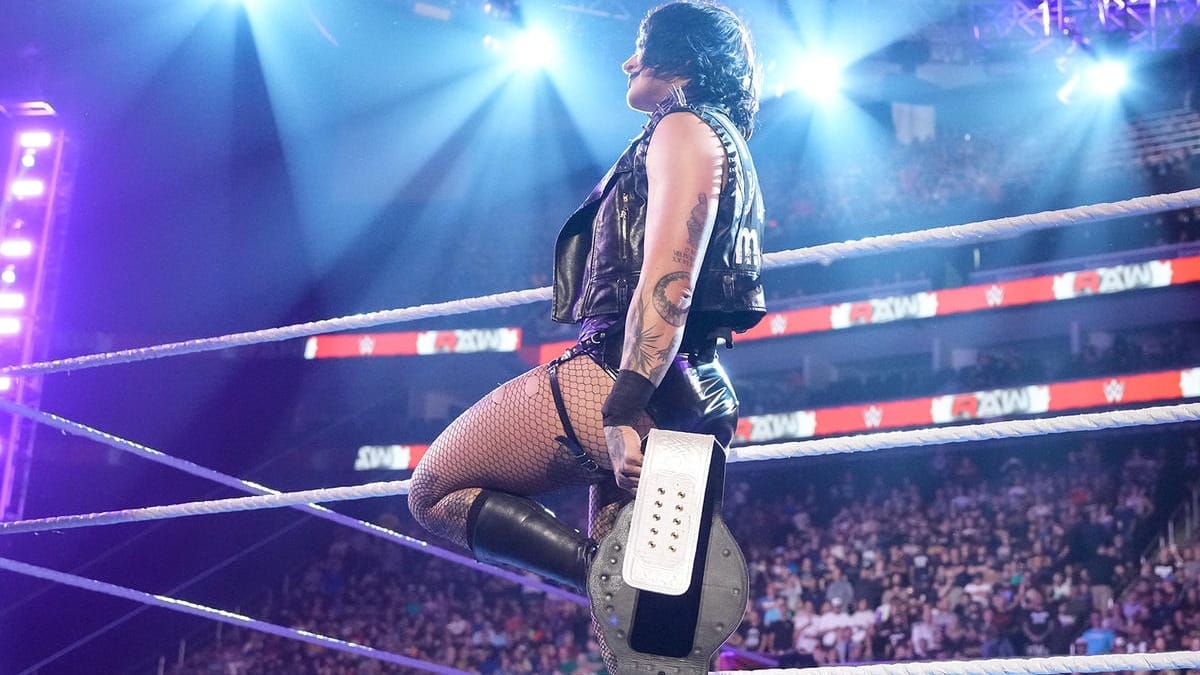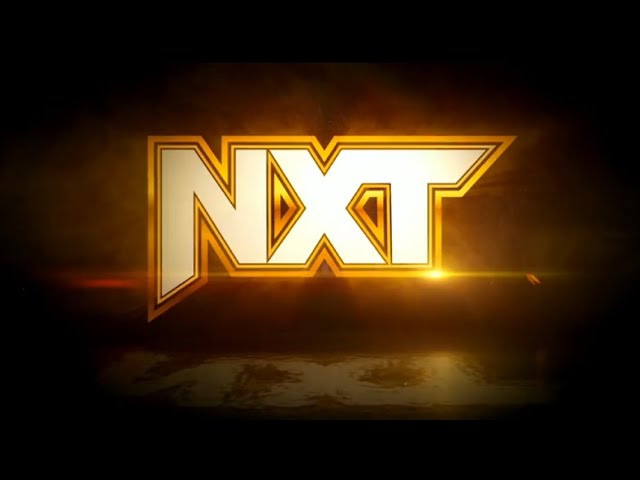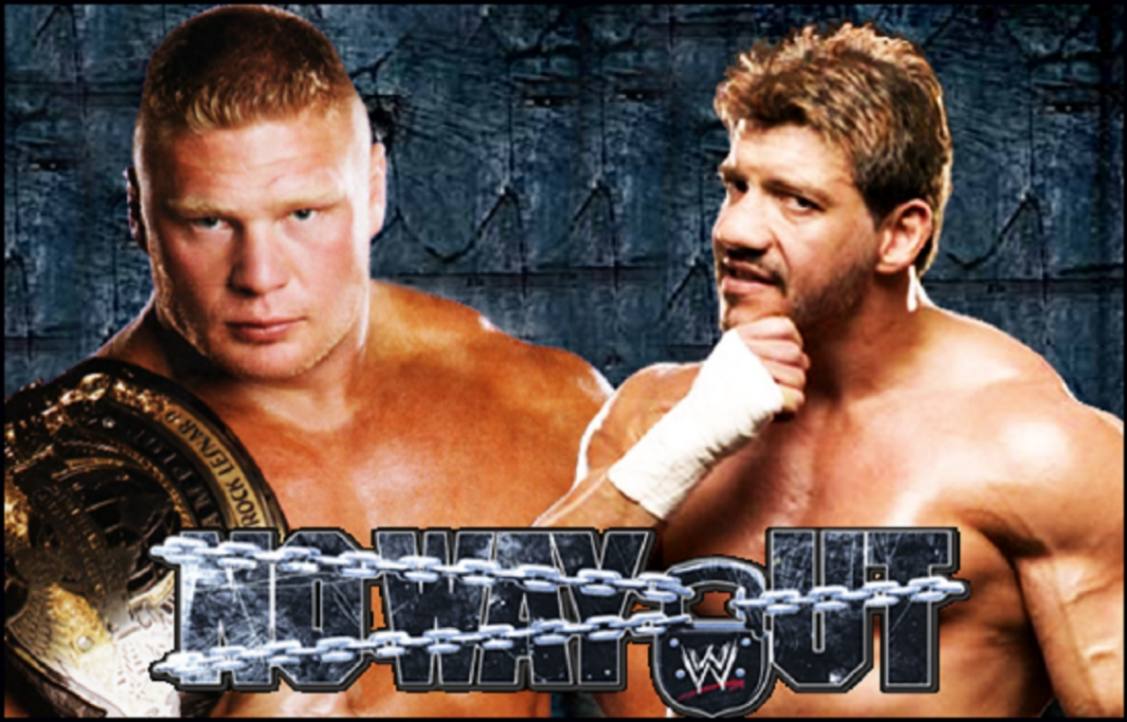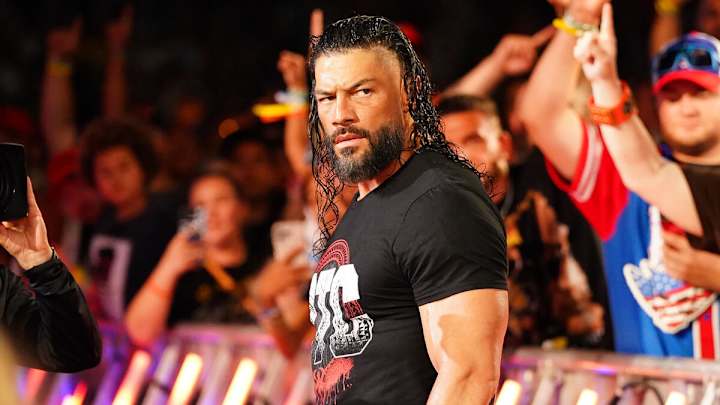The Psychology Behind A WWE Match: How WWE Superstars Tell A Story In The Ring
Professional wrestling brings together athleticism, drama, and storytelling. Much as one cannot deny the athletic display of the superstars, how the real art of wrestling is in the psychology of the matches, this article exposes the intricate details of how WWE superstars tell captivating stories in the ring using psychology to engage an audience and create moments.
The Foundations of Wrestling Psychology
At the root, professional wrestling psychology has to engage the audience emotionally in a match. With character development and storytelling, this essentially needs to combine even the in-ring action components. The idea is to come up with a story that resonates with the audience, where they care about who wins or loses.
Character Development.
Every WWE superstar has a persona, an outside-the-ring and inside-the-ring character. This character is developed to have the foundation necessary for every wrestling match. It could be the heroic babyface (good guy) or the dastardly heel (bad guy), but these roles help establish a story.
Babyfaces are constructed to engender the sympathy and support of the audience. They usually embody such attributes as bravery, truthfulness, and perseverance. conversely, heels are supposed to be hated. They may be cheaters, or they may exhibit arrogance or cowardice. Much of the wrestling narrative is driven by this dynamic between these two archetypes.
Storytelling Techniques
Storytelling in wrestling doesn’t equate to just the easy “Good Guys vs. Bad Guys” story. It is full of layers of conflict, motivations, and ultimate resolutions. This is portrayed through many means by the superstars, which include:
Body Language: Through movement and expression, wrestlers express emotions in their way. A downtrodden look can express despair, while a strutting walk can show arrogance. Body language is what speaks for itself in silence to add depth to the characters.
In-ring psychology: This entails the clever use of moves and sequences to relate and convey a story. The babyface comes out strong in aggression but is worn down by the underhanded tactics of the heel. The subtle rallies of the babyface are resilient, determined moves that often clinch into a rousing comeback.
Heat and Comeback: Building heat refers to times when the heel gains control over the babyface, creating tension or eagerness. The ‘comeback’ is where the babyface makes his way back into the match and engages in some form of fighting back that receives an extreme reaction from the crowd.
In-Ring Action: The moves and sequences that go into a match are not there for nothing; they are well-thought-out plans to advance the story’s telling. High-flying maneuvers, submission holds, and power moves all have purposes that fit within the storytelling framework. Similarly, what helps to pace the match—from slow and methodical to fast and frantic—flows in synchronization with the story.
Case Studies: Iconic Matches and Their Psychology
Knowing the psychology behind a WWE match means looking at some iconic bouts and breaking down those elements of storytelling that genuinely make them memorable.
Hulk Hogan versus Andre the Giant for WrestleMania III in 1987.
Probably one of the most recognizable matches in WWE history, Hulk Hogan versus Andre the Giant at WrestleMania III is an excellent example of telling a story in the ring. The build-up to the match was Hogan being the beloved babyface champion and Andre turning to the dark side by betraying his longtime buddy.
The actual match was simplicity and psychology at its finest. Hogan’s quest against an unstoppable Andre, by itself, made for an underdog story. Then there was the critical moment: Hogan body-slamming the 520-pound giant; it was impossible. So this magic moment became a symbolic—or rather, more symbolic—act on the part of Hogan to fuel his status as the hero once and for all.
Shawn Michaels vs. The Undertaker, WrestleMania 25, 2009
Many people describe the Shawn Michaels versus Undertaker match from WrestleMania 25 as one of the greatest wrestling matches ever. The storyline had been built around the concept that Shawn Michaels wanted to be the first person ever to defeat The Undertaker at WrestleMania.
This was an in-ring psychology epitome and one of the most loaded key events with which people exist theoretically. It pitted Michaels as an underdog against The Undertaker—who exudes power, mystique, and prestige. A number of close near-falls, and impossible comebacks made them at a loss for breath. Each action, expression on their face, and every form of hesitancy was part of telling the story right down to its emotional, dramatic finish.
Stone Cold Steve Austin vs. The Rock—WrestleMania 17, 2001
Another excellent example of great storytelling would be Stone Cold Steve Austin vs. The Rock at WrestleMania 17. Both superstars were working at the peak of their popularity, and the match was advertised as a battle between titans.
The psychology in the match was within the characters’ impulses. Austin, as an anti-hero with a never-back-down attitude, was willing to try anything here until victory, even allying himself with his arch-nemesis, Vince McMahon. Opposition to this came in The Rock, who stood for a people’s champion, one who believes in fighting for pride and respect.
The storytelling elements in this match included hard-hitting and brawling, dramatic pauses, and strategic positioning on when to use the finishing moves. How it ended—with Austin’s heel turn—set the crowd into shock, further deepening his character by setting up future storylines.
The Role of Promos and Segments in Building Match Psychology.
Where in-ring action is concerned, many of the psychological groundwork laid for the matches is built around promos and segments. Through these, superstars get to mold their characters, voice their motivations, and elicit audience emotions.
Promos
Promos are monologues or dialogues by which a superstar addresses the audience or another wrestler. Effective promos can further carry on performances by adding depth to the storyline. Take, for example, “Stone Cold” Steve Austin’s “Austin 3:16” promo after he won the King of the Ring tournament in 1996—it turned him into anon star overnight and paved the way for future feuds to come.
Backstage Segments
Backstage segments give insight into the personal lives and disputes of the superstars. Some can also build tension and anticipation for upcoming matches. For example, the backstage moments between Triple H and Shawn Michaels during their early 2000s feud they built a series of very personal and emotional matches.
Video Packages
WWE will also do video packages summarizing storylines and buildup for the matches. By taking footage from promos, segments, and former matches together with dramatic music, they attach things in an emotional narrative. One excellent example of the way this series will lift the psychological impact of a match is The Rock versus Stone Cold at WrestleMania 17—a video package to Limp Bizkit’s “My Way.”
Psychology of Match Types
The concept of varied psychological aspects within different WWE matches is only natural. Whether it is a pretty standard singles match or a tag team match, then something like Hell in a Cell, every type of format stipulation seems to carry its timely way of telling stories.
Singles Matches
Singles match: Much of the psychology in singles matches is based on the personal fight between two competitors. This format allows for a claustrophobic narrative where the motivation and flow of characters take center stage in the match.
Tag Team Matches: Whereas tag team matches add extra dimensions of psychology because more than one competitor is present, the proper dynamics revolve around teamwork, trust, and betrayal. Tags that happen off-notes—or when a new face finally makes it to their partner of an exchanged tag for a much-needed change—are also a big part of the psychology behind the situation. These provide moments of dramatic tension and usually set up high-energy conclusions.
Specialty Matches: Matches that entail specialty settings, such as ladder matches, Hell in a Cell, and Royal Rumble, also include huge psychological components. In most cases, the stakes are higher, and an intricate story is at play. For example:
Ladder Matches: The bodily battle to climb the ladder and reach the prize offering above gives a tangible goal, which fuels a story. The danger involved in such matches produces chills and suspense coupled with potential high-risk moves.
Hell in a Cell: The cell itself, with the added no-disqualification stipulation, makes for fierce and intense matches. Much of this psychology is built off the premise of enduring or receiving extreme punishment.
Royal Rumble: If one considers the idea behind this whole timed-entrance and over-the-top-rope elimination battle royal, then one will understand the kind of story going on. Here, you have alliances forming and betrayals taking place with the survival strategy in an actual chaotic situation.
The Impact of Crowd Reaction
WWE matches are incredibly psychological, and one major factor is the live audience. The superstars are all fed by the crowd’s energy, and it might be that the people’s reaction sometimes defines the flow and outcome of the match. A good wrestler would be able to understand the people and change accordingly.
Pop and Heat
“Pop” refers to the joyous crowd reaction; usually, this would be for a babyface. The hostile crowd reaction is tagged as “heat” and usually is flipped toward a heel. The idea is to get as many outsized emotional reactions as possible from an audience, either cheers or boos.
For example, if a babyface mounts a comeback, it’s bound to draw out cheering from the crowd, adding drama to a match. Alternatively, when people’s heel—the effective ones anyway—gets so much heat that it finally makes the eventual comeuppance all the more mollifying to the audience.
Manipulating Emotions
The feelings of the audience are manipulated at different points by wrestlers. That’s when a well-timed, indefinite pause or a taunt, or probably even a near-fall, gets them on their toes to bring out tension and keep the interest level at peak. Controlling these reactions from the crowd is what makes a performer genuinely great.
The Evolution of Wrestling Psychology
Wrestling psychology has endured through the ages, weathering many changes in audience tastes and cultural mores. The golden age of wrestling—the 1980s—was full of cartoonish characters and storylines so simple they verge on simplistic. Later on, the Attitude Era in the late 1990s upped the ante with somewhat risqué themes and storylines of an occasionally more profound nature before today’s WWE is trying to reinvent itself by lifting elements from nearly every other performing discipline to create something new and exciting.
The Influence of Realism
Modern wrestling has swayed more toward realistic and biographical-based stories. The larger-than-life characters are still character carriers, though; recently, there seems to be a greater tendency toward realism. This is partly an admission of tastes changing in audiences and other modes of entertainment that capture the public’s imagination.
The Role of Social Media
Social media has interfered with wrestling psychology. Now, wrestlers have an opportunity to interact with their audience outside the realms of conventional broadcasts, which allows the public to get further depth into the characters and storylines. At the very least, it might make the audience further invest in them emotionally and engage with them more.
Integration of Different Styles
WWE has been able to integrate several wrestling styles found across the world: Japanese strong style, Mexican lucha libre, and European technical wrestling. That brought diversity into the in-ring product and carried the ring psychology available for performers outside the ring.
Conclusion
The psychology of a WWE match is a multi-dimensional art interwoven with character development, storytelling techniques, and ring action, all coming out to portray a story. Be it the most unforgettable feuds of yesterday or the modern-day classics, what sets professional wrestling as a unique and songs-enduring form of entertainment is the ability to tell a story from within the ring. Successful wrestlers represent what their audience holds close to their hearts : authenticity, engagement, and emotional interaction with the audience. They manipulate emotions, make it suspenseful, and then nail those moments that fans will remember forever. While WWE will continue to evolve in many ways, the fundamentals of wrestling psychology are all the same. Being able to tell a story that captivates an audience by weaving a spell in a classic singles match, the chaos of a tag team about, or some form of specialty match with high stakes at play makes greats into legends and brings fans back for more.

